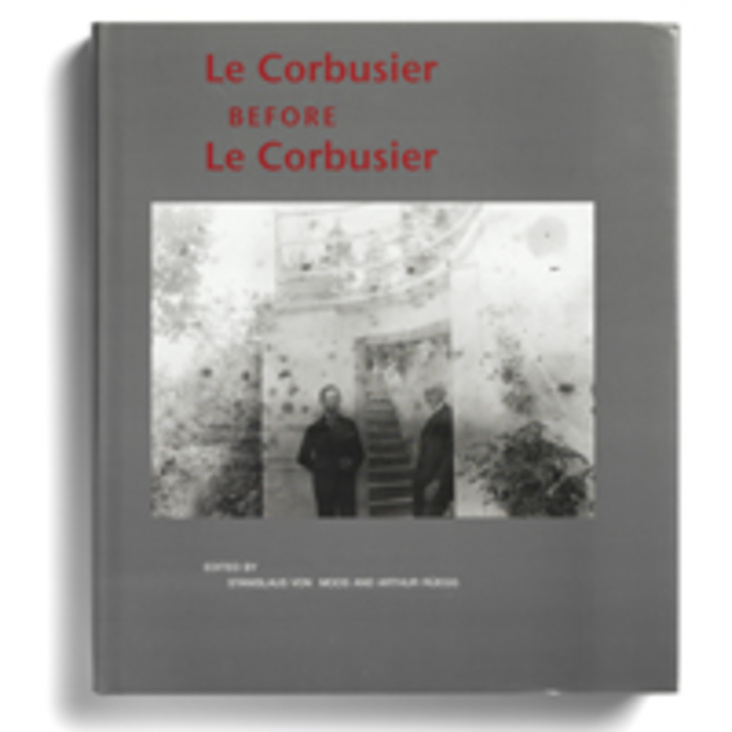David Fontijn presented at the Archeological Encounters Seminar on Tuesday, February 5, at 6 pm. His talk is entitled “Economies of Destruction? Creating Value by Destroying Valuables.”
The accumulation of wealth is generally regarded as a universal way of achieving power and prestige, but how can a society function when its members systematically destroy wealth? This happened in the Bronze Age and Iron Age of Europe, when communities deliberately discarded prestigious metalwork on a massive scale. The resulting deposits include not only scarce and useful materials, but also objects of outstanding quality. In this talk, Fontijn will present intriguing examples from the European Bronze Age and Early Iron Age (c. 2000–500 BC), contexts in which beautiful objects were intentionally destroyed, or placed in bogs and rivers from where they could never be retrieved again. He will show that this “destruction” was not as irrational as it seems. Archaeology can demonstrate that the “destructive” behavior was in fact highly structured, and related to the creation and dissolution of social identities. Fontijn will argue that the subject confronts us with crucial questions that also matter today: why do we sometimes give up those things that are dear to us? How “rational” is economy anyway?
David Fontijn is professor in the Archaeology of Early Europe at the Faculty of Archaeology, Leiden University, the Netherlands. His research deals with the early agrarian societies of Europe from prehistory up until the early historical period, with special attention to the Bronze Age and (early) Iron Age. He is a leading authority in the archaeology of ritual landscapes, and so-called ritual economies. His research applies theories from cognitive and data sciences with social anthropology and material culture to shed new light on the deep history of Europe. He carries out archaeological fieldwork in different parts of Europe, with a focus on prehistoric barrow landscapes and ancient sacrificial sites. He is an affiliated member of the German Archaeological Institute and he has been vice-dean and director of Research of the Faculty of Archaeology at Leiden University (2013–16). Fontijn is the author of the award-winning monograph Sacrificial Landscapes (2003), and co-author/editor of several other books including Transformation through Destruction (2013), on the construction of personhood in Early Iron Age elite graves. His project “Ancestral Mounds” received the SIKB Prize for best archaeological research team in 2009 and a book resulting from it was received by Her Majesty Queen Beatrix of the Netherlands.















